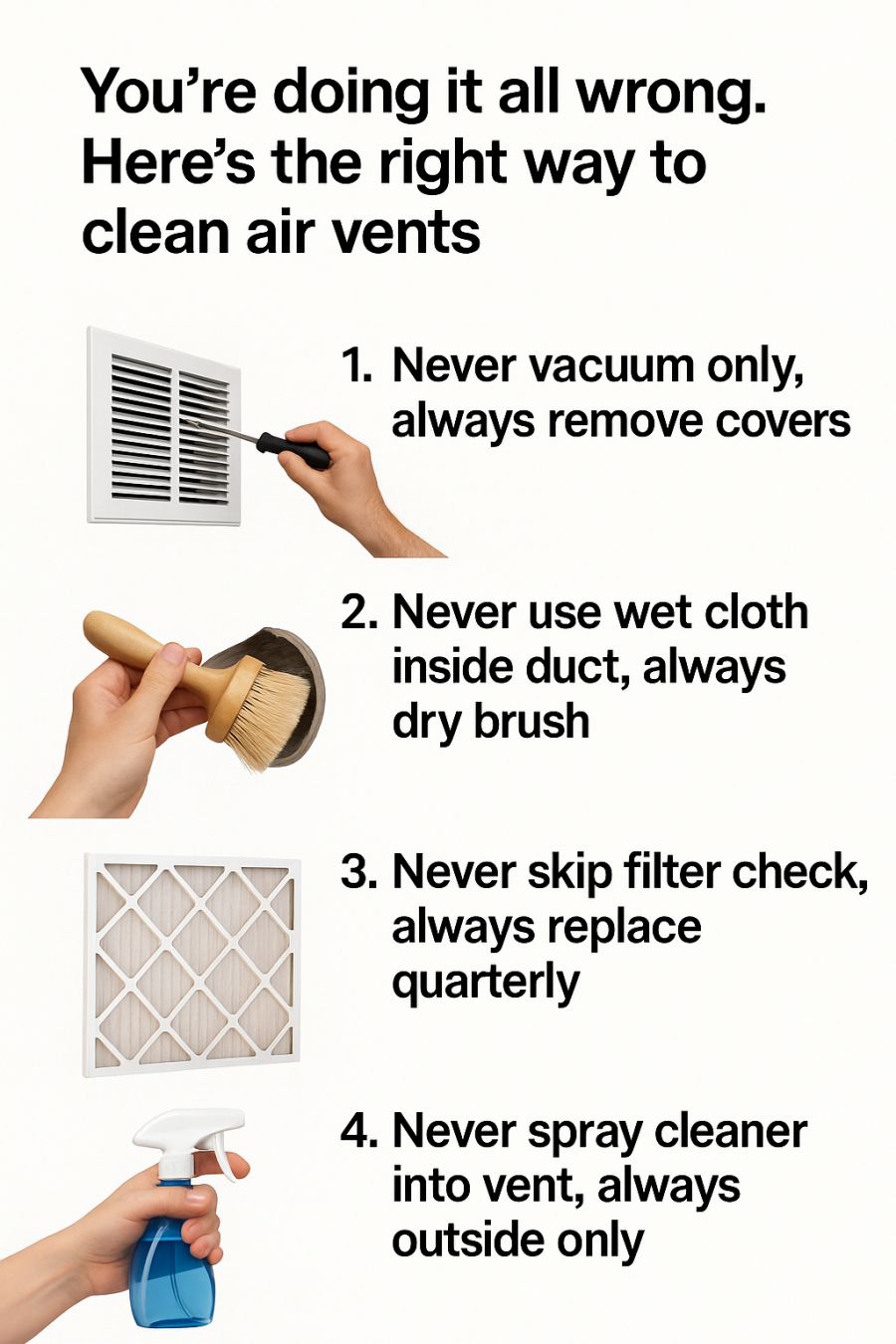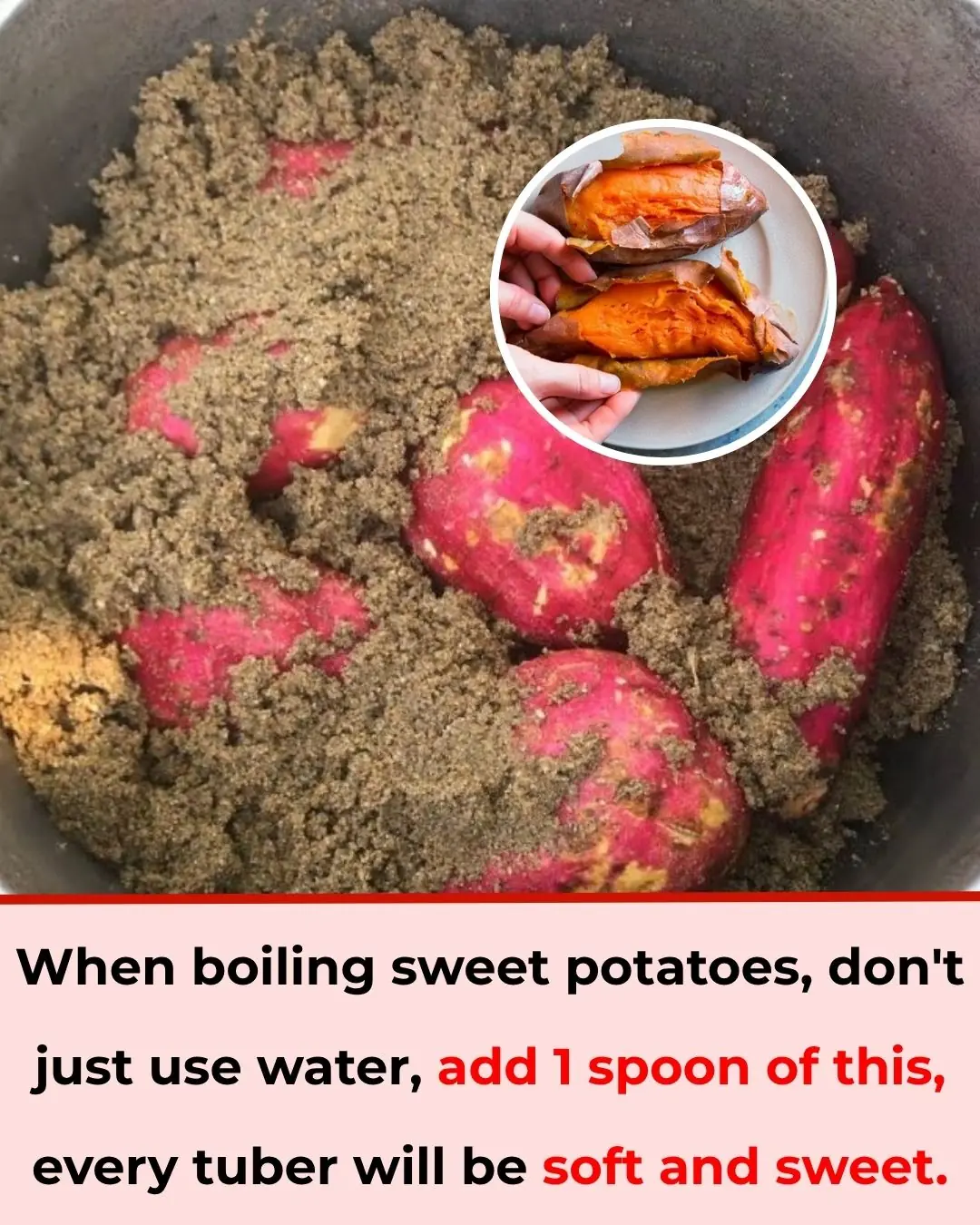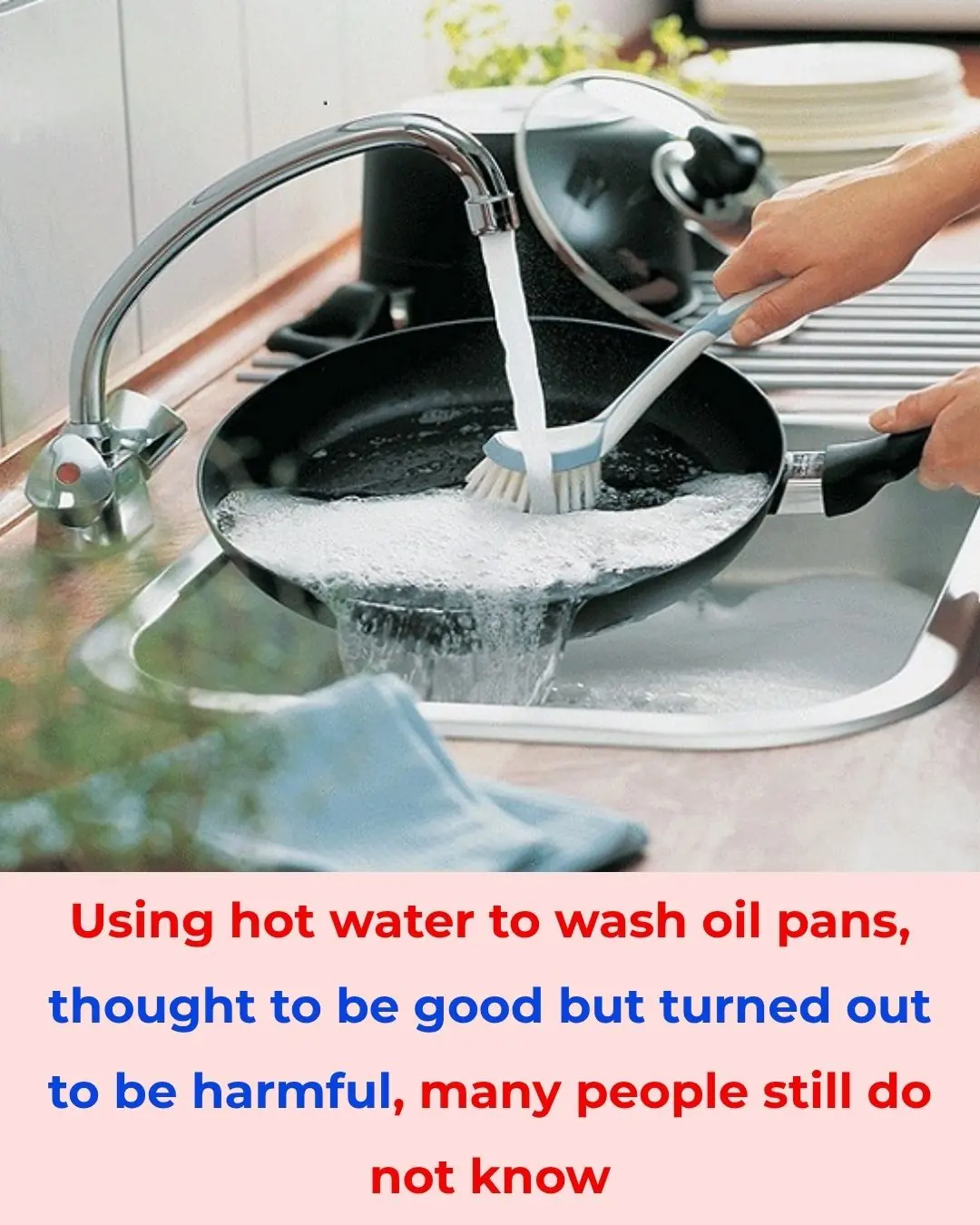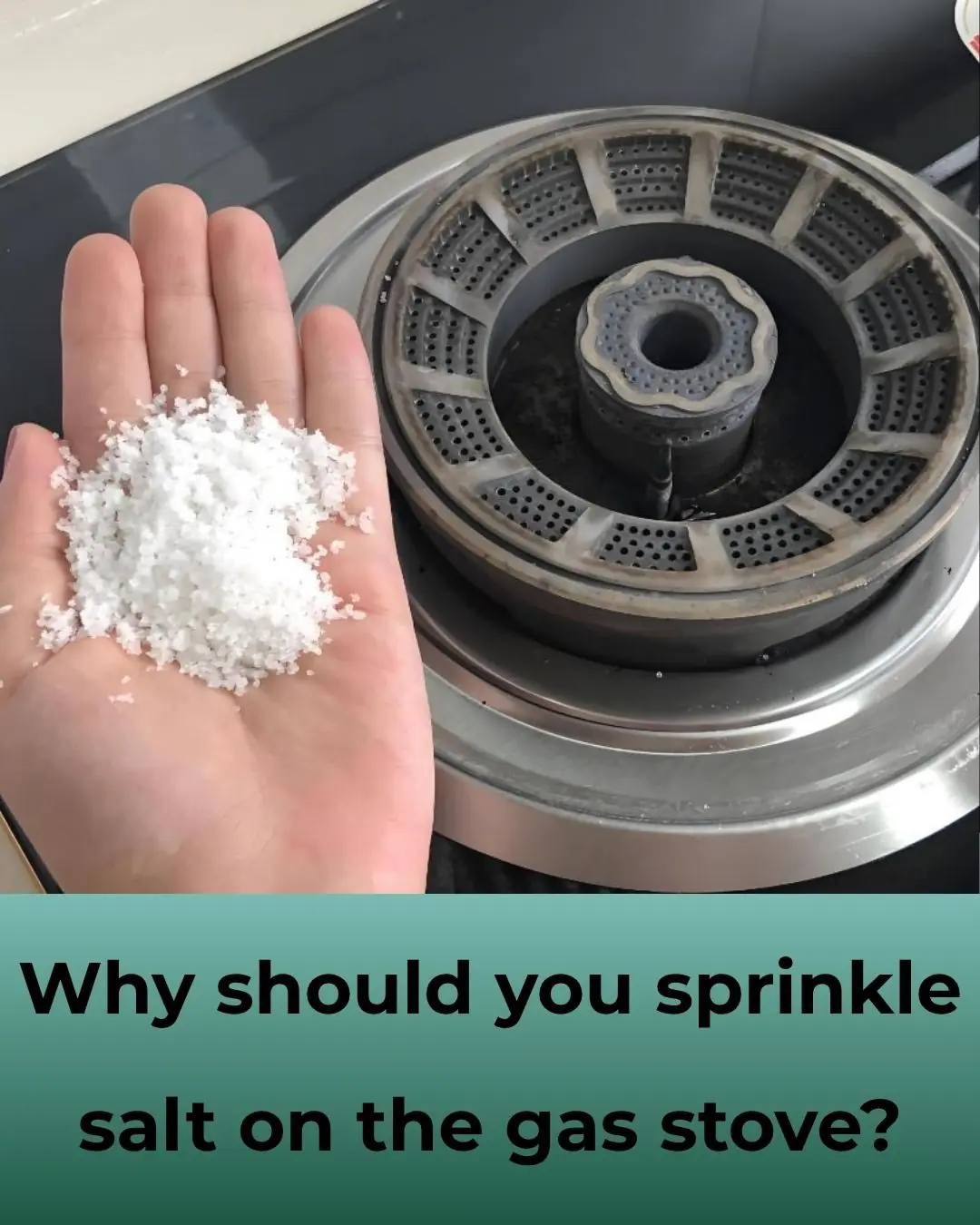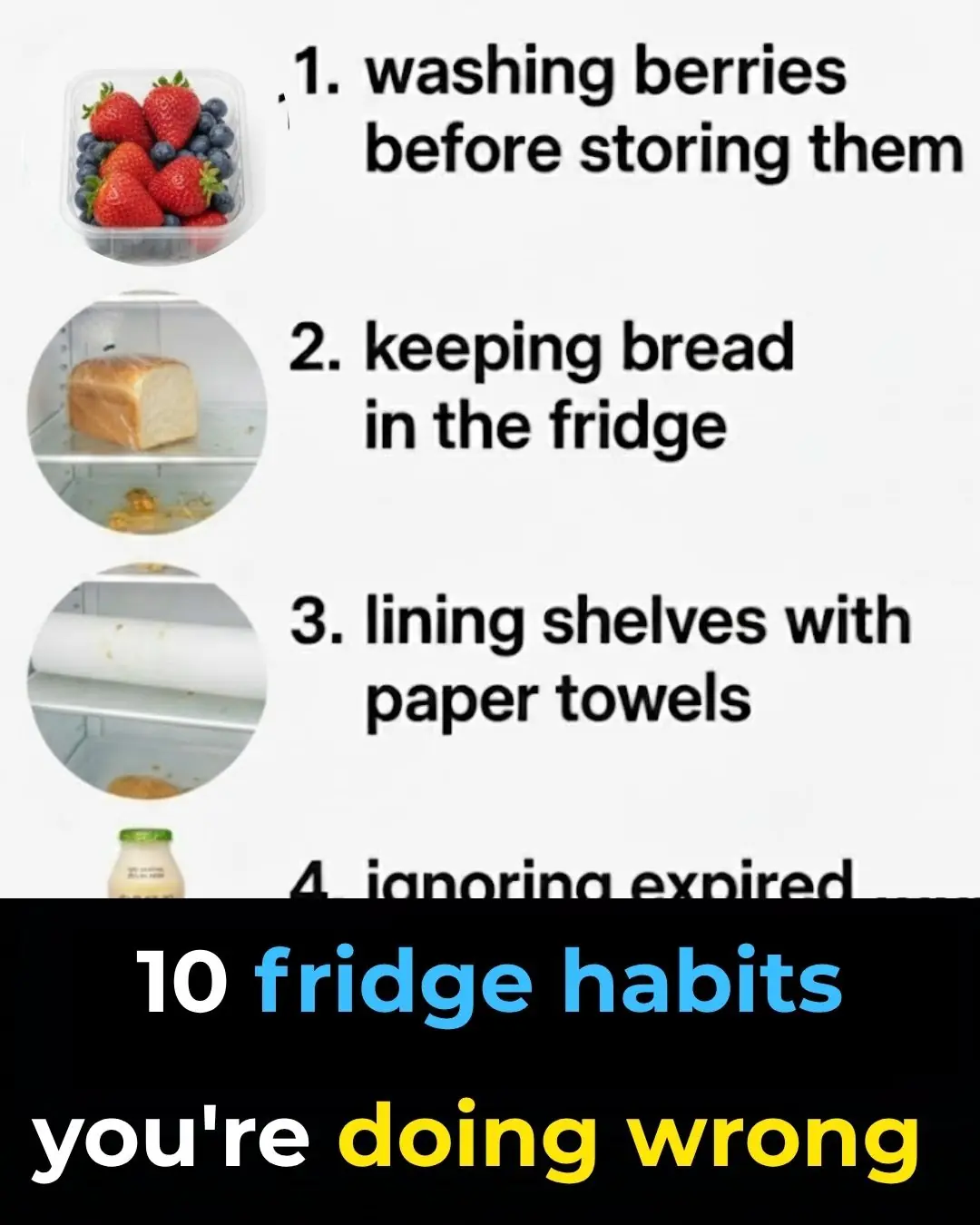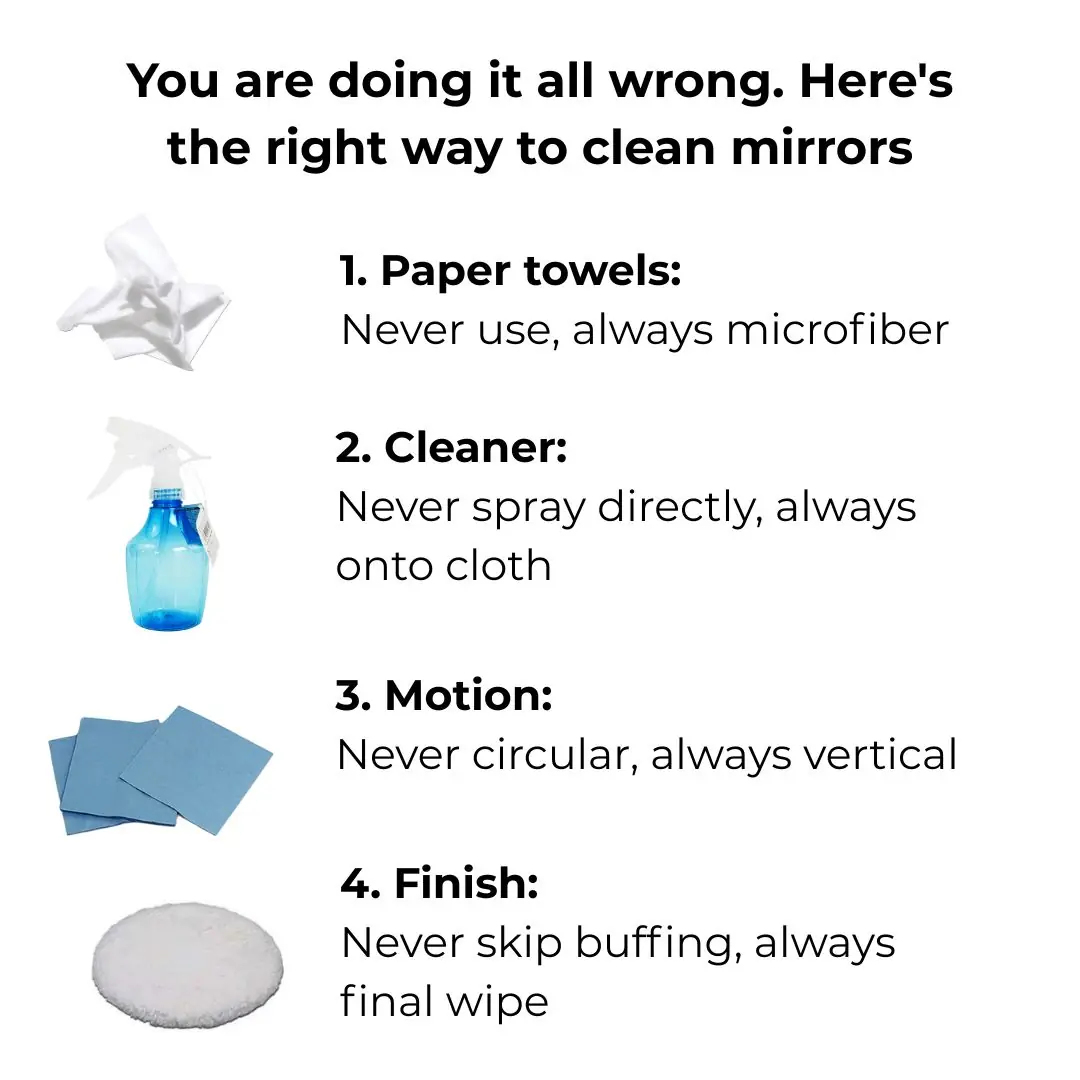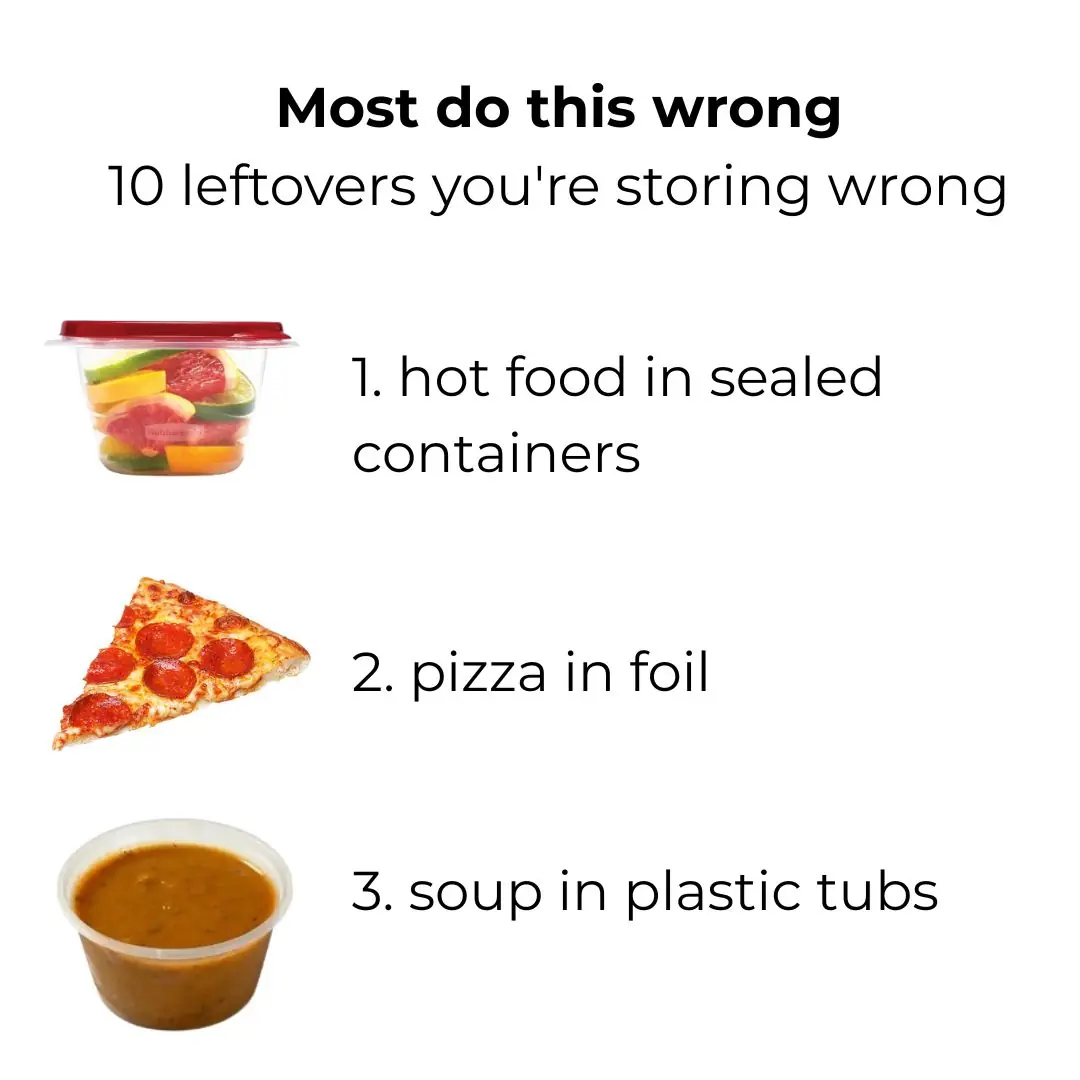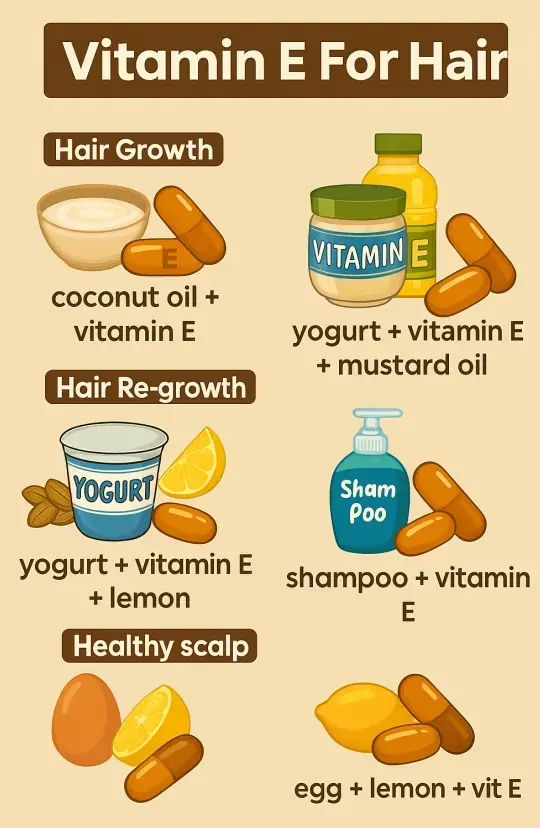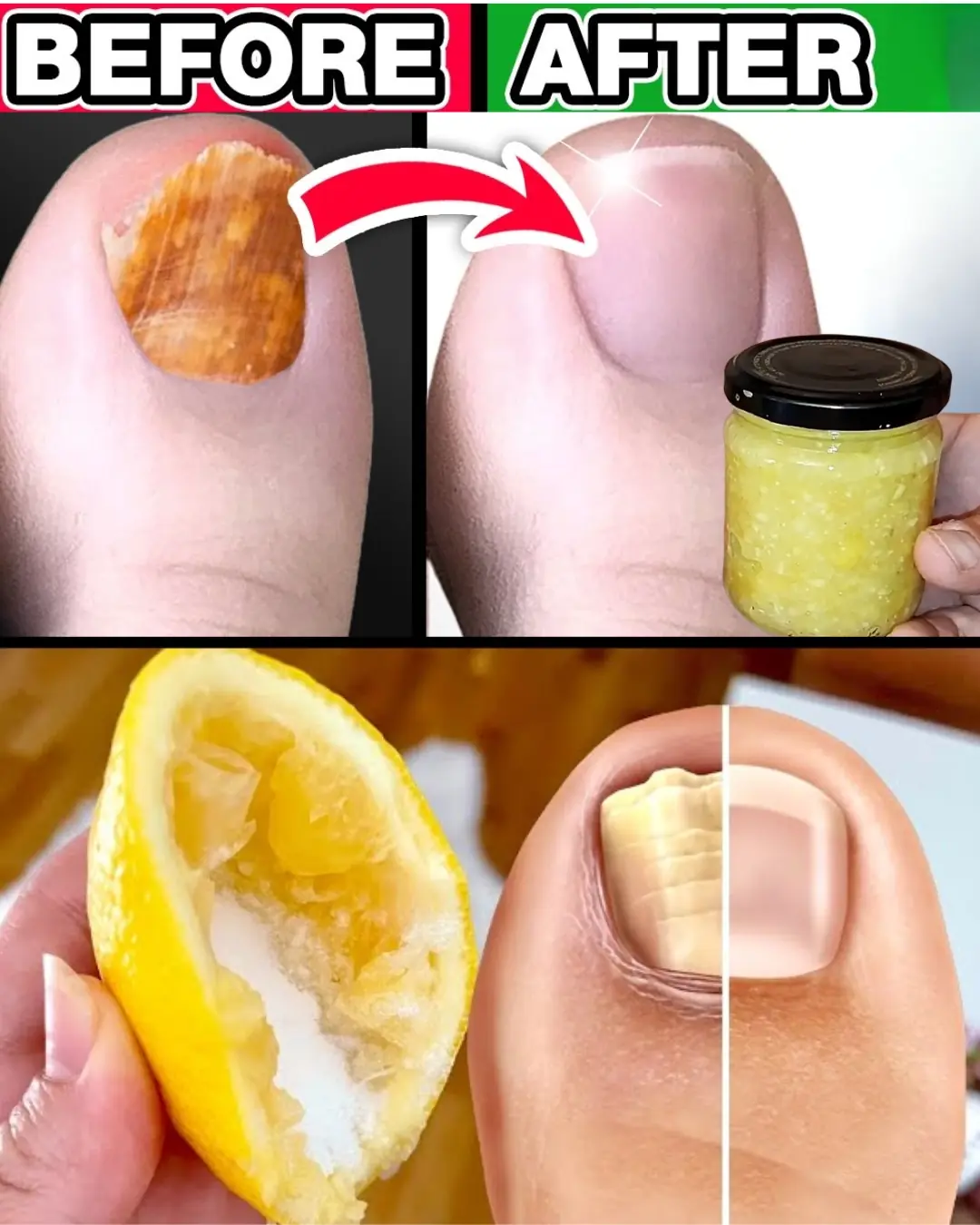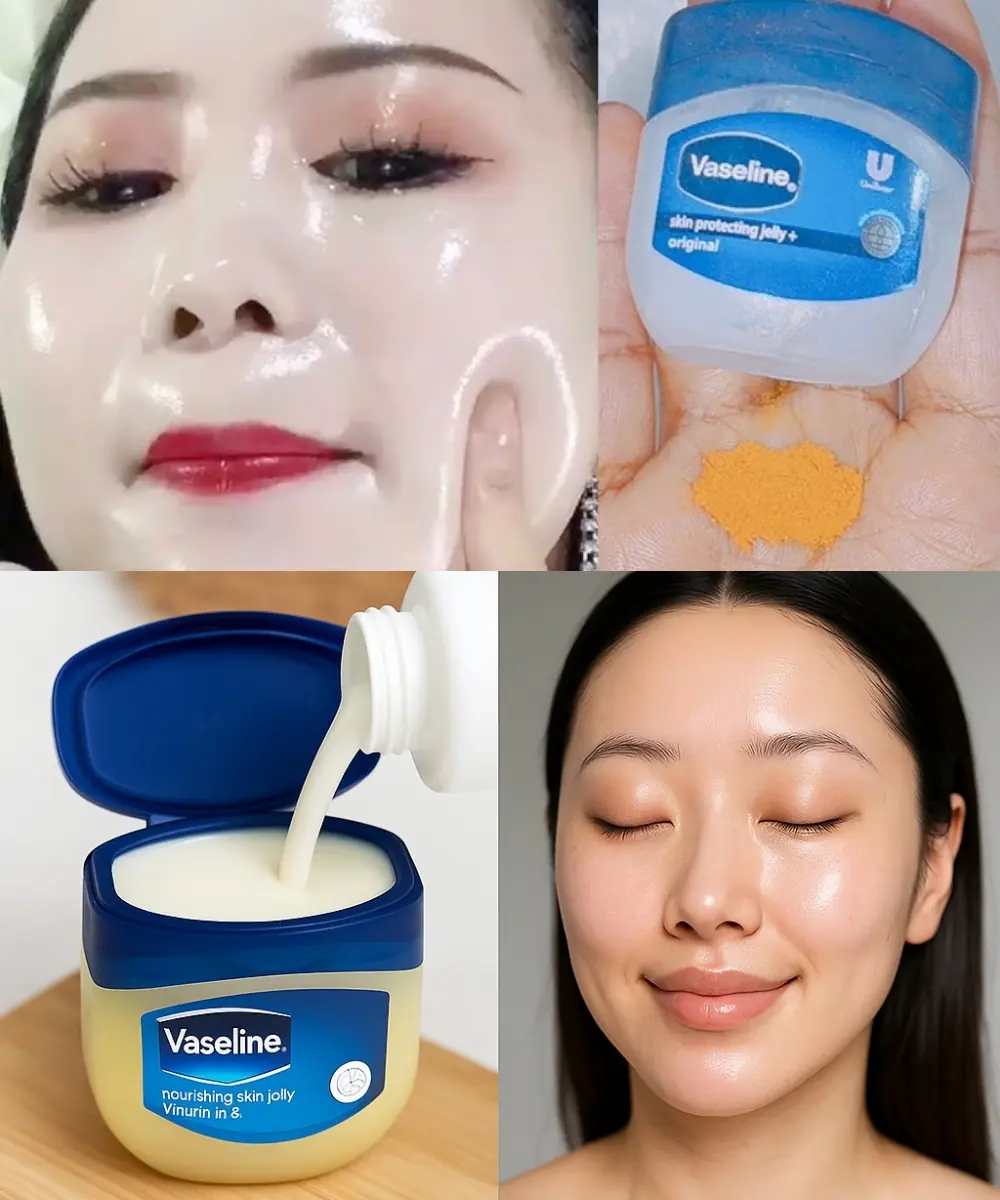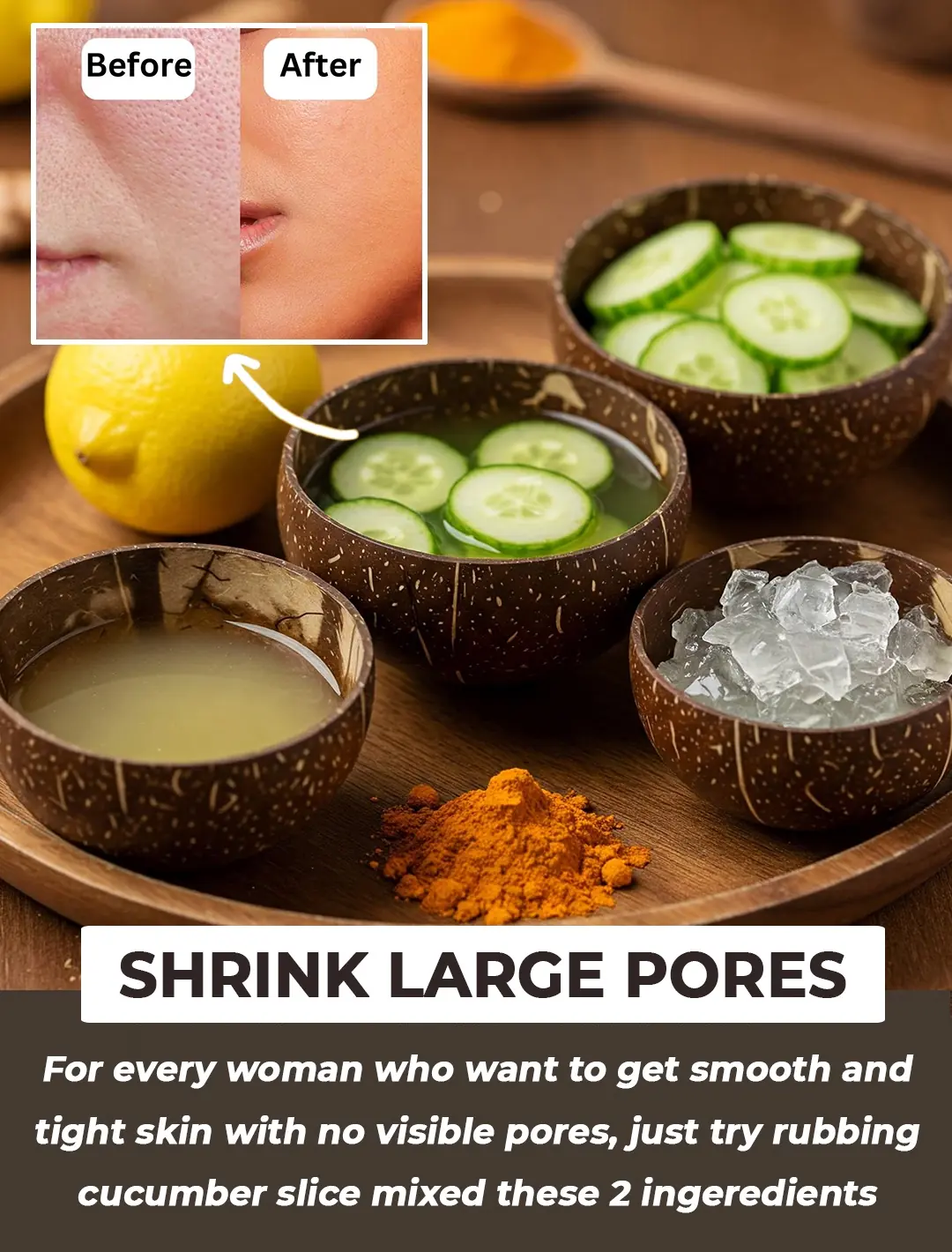Air vents are an essential part of any home's HVAC system, yet they often go unnoticed until there's a problem. Keeping them clean is crucial not only for efficient system performance but also for maintaining good indoor air quality.
Many people underestimate the importance of clean air vents and either ignore them or clean them incorrectly. This article will guide you through the right techniques to ensure your vents are spotless, improving your home's air quality and extending the life of your HVAC system.
Advertisement
1. The Importance of Clean Air Vents
Clean air vents are vital for a couple of reasons. First, they ensure the efficient operation of your HVAC system. A clogged or dirty vent can restrict airflow, causing your system to work harder and consume more energy. This can lead to increased utility bills and even system breakdowns. According to the U.S. Department of Energy, proper maintenance, including vent cleaning, can reduce HVAC energy consumption by 5-15%.
Moreover, clean vents contribute to better indoor air quality. Dust, allergens, and other particles can accumulate in air vents, which are then circulated throughout your home. This can exacerbate allergies and respiratory issues, particularly in sensitive individuals. Regular cleaning helps remove these contaminants, ensuring the air you breathe is as clean as possible.
2. Common Mistakes People Make
One common mistake is neglecting to clean air vents altogether. Many homeowners assume that because they can't see the dust, it isn't there. However, dust and debris accumulate over time and can significantly impact your HVAC system's efficiency.
Another mistake is using improper cleaning methods, such as spraying cleaner directly into vents or using wet cloths inside ducts. These can introduce moisture into the system, promoting mold growth and damaging components.
3. Always Remove Vent Covers
Before cleaning, always remove vent covers. This ensures you can access and clean both the covers themselves and the ducts behind them. Use a screwdriver to carefully unscrew the vent covers, taking care not to strip the screws.
Once removed, soak the covers in warm, soapy water to remove dust and grime. Allow them to dry completely before reattaching them to prevent moisture from entering the ducts.
4. The Right Tools for the Job
Having the right tools is essential for effective air vent cleaning. A vacuum with a hose attachment is ideal for removing loose dust and debris. A long-handled brush can reach deeper into the ducts and dislodge any stubborn buildup.
A microfiber cloth is also useful for wiping down vent covers and surrounding areas. Ensure all tools are clean and dry before use to prevent introducing new contaminants into the system.
5. Dry Brushing: The Preferred Method
Dry brushing is the preferred method for cleaning inside air vents as it minimizes the risk of moisture entering the ducts. Use a long-handled brush to gently dislodge dust and debris from the duct walls. This method is particularly effective for removing cobwebs and larger particles.
After brushing, use a vacuum to collect the loosened debris. This two-step process ensures thorough cleaning without the risk of introducing moisture, which can lead to mold growth.
6. Avoid Wet Cloths Inside Ducts
Using wet cloths inside ducts is a common mistake that can lead to significant problems. Moisture inside ducts can promote mold and mildew growth, which can damage your HVAC system and negatively impact indoor air quality.
If you must use a cloth, ensure it is only slightly damp and used sparingly. Focus on wiping down the vent covers and the immediate surrounding areas, avoiding deep insertion into the ductwork.
7. The Role of Air Filters
Air filters play a crucial role in keeping your vents and HVAC system clean. They trap dust, allergens, and other particles, preventing them from circulating through your home. A clean air filter improves system efficiency and air quality.
It's important to check your air filters regularly and replace them every 1-3 months, depending on usage and the type of filter. A clogged filter can restrict airflow, reducing system efficiency and increasing energy consumption.
8. How to Properly Replace Air Filters
To replace an air filter, first turn off your HVAC system to prevent dust from entering during the process. Locate the filter compartment, which is usually near the return air duct or the air handler.
Remove the old filter and replace it with a new one, ensuring the arrows on the filter frame align with the airflow direction. Dispose of the old filter properly and turn your system back on once the new filter is securely in place.
9. Why You Shouldn't Spray Cleaner into Vents
Spraying cleaner directly into vents can introduce moisture and chemicals into your ductwork, potentially damaging your HVAC system and promoting mold growth. Liquid cleaners can also leave residue that attracts more dust and dirt.
Instead, focus on dry cleaning methods like vacuuming and dry brushing. If necessary, use a slightly damp cloth to clean vent covers and surrounding areas, but avoid spraying anything directly into the ducts.
10. Best Practices for Cleaning Outside the Vent
When cleaning outside the vent, start by vacuuming the area around the vent to remove loose dust and debris. Use a microfiber cloth to wipe down the walls and baseboards near the vent.
Ensure the vent covers are clean before reinstallation. Consider using a mild soap solution to wash them and a soft brush to remove stubborn dirt. Dry them completely to prevent moisture from entering the ductwork.
11. Regular Maintenance Tips for Longevity
Regular maintenance is key to extending the life of your HVAC system and ensuring it operates efficiently. In addition to regular vent cleaning, schedule professional HVAC maintenance at least once a year.
Advertisement
